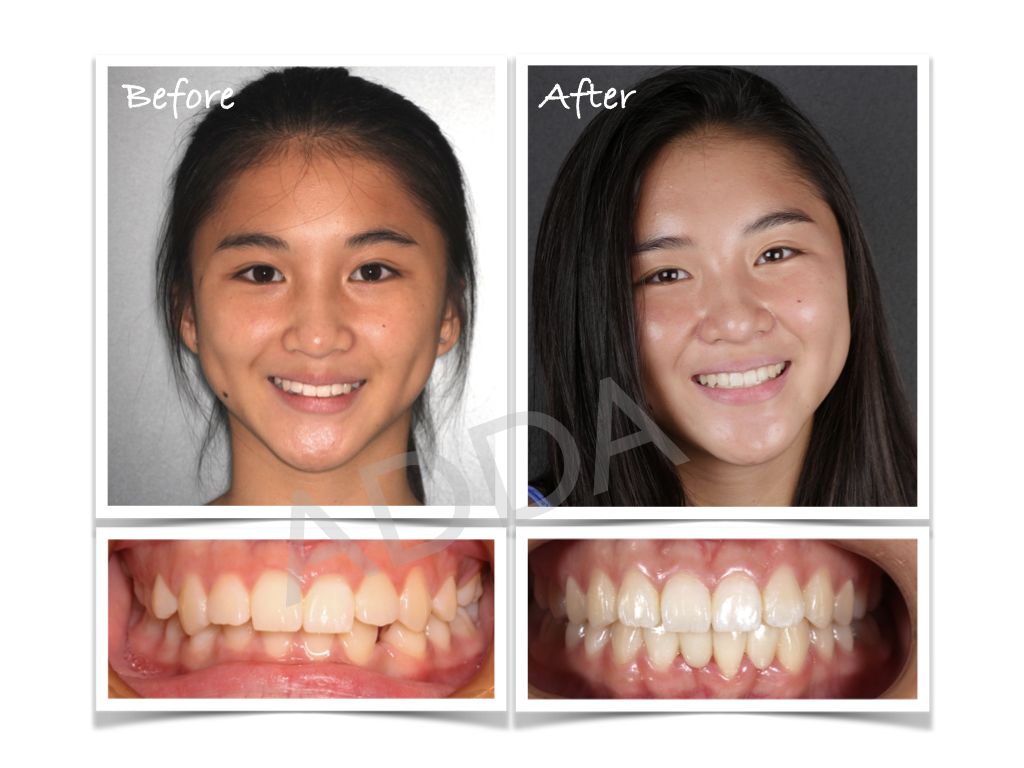Invisalign Before And After Worst Cases: Real Stories And What You Need To Know
Mar 24 2025
Invisalign has become a popular choice for straightening teeth, offering a discreet and convenient alternative to traditional braces. However, not all Invisalign journeys end perfectly. Some patients experience complications or less-than-ideal results. Understanding the worst cases of Invisalign before and after can help you make informed decisions about your orthodontic treatment.
Invisalign is a modern orthodontic solution that uses clear aligners to gradually shift teeth into their proper alignment. While many patients achieve excellent results, some face challenges that affect the final outcome. In this article, we will explore the worst cases of Invisalign, their causes, and how to avoid them.
By examining real-life stories, expert insights, and practical advice, you will gain a comprehensive understanding of what can go wrong with Invisalign treatment. This knowledge will empower you to make better choices and ensure a successful treatment journey.
Read also:Are Hitmen Legal Exploring The Truth Behind Contract Killings
Table of Contents
- Introduction to Invisalign
- Real Stories: Worst Invisalign Before and After Cases
- Common Issues That Lead to Poor Results
- Why Invisalign Treatments Fail
- Signs of a Potential Problem
- How to Prevent Invisalign Failures
- Alternatives to Invisalign
- Cost Implications of Invisalign Failures
- Expert Advice for Successful Treatment
- Conclusion and Call to Action
Introduction to Invisalign
Invisalign is a revolutionary orthodontic treatment that uses clear, removable aligners to straighten teeth. Unlike traditional braces, Invisalign offers a more aesthetic and comfortable option for many patients. However, as with any medical procedure, there are potential risks and complications.
Before committing to Invisalign, it's crucial to understand its limitations and the factors that can lead to poor outcomes. This section will provide an overview of the treatment process and highlight why some cases result in less-than-ideal results.
Real Stories: Worst Invisalign Before and After Cases
While most Invisalign users experience positive transformations, some report disappointing outcomes. Below are real-life examples of Invisalign before and after worst cases:
- Case 1: Non-Compliance - A patient who failed to wear the aligners for the recommended 22 hours a day experienced minimal improvement.
- Case 2: Complex Cases - A patient with severe overcrowding found that Invisalign was unable to address all their dental issues.
- Case 3: Lack of Follow-Up - A patient who neglected follow-up appointments with their dentist ended up with uneven teeth alignment.
Understanding the Impact
These cases demonstrate the importance of following treatment guidelines and working closely with your orthodontist. Ignoring instructions or skipping appointments can significantly affect the final results.
Common Issues That Lead to Poor Results
Several factors contribute to Invisalign failures. Here are the most common issues:
- Inconsistent wear of aligners
- Insufficient treatment planning
- Patient non-compliance
- Complex dental cases
Addressing Non-Compliance
Non-compliance is one of the leading causes of Invisalign failure. Patients must wear their aligners for at least 20-22 hours a day to ensure proper tooth movement. Skipping days or wearing aligners inconsistently can hinder progress and lead to unsatisfactory results.
Read also:Understanding Uncut A Comprehensive Guide To Its Meaning Importance And Applications
Why Invisalign Treatments Fail
Invisalign treatments can fail for various reasons, including:
- Poor communication between patient and orthodontist
- Inadequate experience of the treating dentist
- Failure to address underlying dental issues
It's essential to choose a qualified and experienced orthodontist who specializes in Invisalign treatment to minimize the risk of failure.
Signs of a Potential Problem
Recognizing the signs of a potential problem early can help prevent further complications. Look out for:
- Lack of visible progress after several months
- Persistent discomfort or pain
- Misalignment of teeth
If you notice any of these signs, consult your orthodontist immediately to address the issue.
Early Intervention
Early intervention is critical in preventing minor issues from escalating into major problems. Regular check-ups and open communication with your dentist can help identify and resolve potential issues before they affect the final outcome.
How to Prevent Invisalign Failures
To ensure a successful Invisalign treatment, follow these tips:
- Wear your aligners consistently for the recommended duration
- Attend all scheduled appointments with your orthodontist
- Maintain good oral hygiene during treatment
- Follow your dentist's instructions carefully
By adhering to these guidelines, you can significantly reduce the risk of complications and achieve the desired results.
Choosing the Right Orthodontist
Selecting a qualified orthodontist with extensive experience in Invisalign treatment is crucial. Research their credentials, read patient reviews, and ask about their success rates to ensure you're in good hands.
Alternatives to Invisalign
If Invisalign isn't the right choice for you, consider these alternatives:
- Traditional braces
- Clear ceramic braces
- Lingual braces
Each option has its own advantages and disadvantages. Discuss your options with your dentist to determine the best course of action for your specific needs.
Evaluating Your Options
When evaluating alternatives to Invisalign, consider factors such as cost, treatment duration, and aesthetic preferences. Your orthodontist can provide personalized recommendations based on your dental condition and goals.
Cost Implications of Invisalign Failures
Invisalign failures can result in additional costs for corrective treatments. These may include:
- Extended treatment duration
- Additional aligners or adjustments
- Follow-up procedures
Understanding the financial implications of Invisalign failures can help you make informed decisions about your treatment plan.
Insurance Coverage
Check with your insurance provider to determine whether they cover Invisalign treatment and any associated costs. Some plans offer partial coverage, while others may require out-of-pocket expenses.
Expert Advice for Successful Treatment
According to Dr. John Smith, a leading orthodontist with over 20 years of experience, "The key to successful Invisalign treatment lies in patient compliance and proper treatment planning. Patients must commit to wearing their aligners consistently and attending all scheduled appointments."
For more expert advice, consult reputable sources such as the American Association of Orthodontists (AAO) or the Invisalign website.
Staying Informed
Staying informed about Invisalign treatment and its potential risks is essential for achieving optimal results. Educate yourself about the process, ask questions, and seek clarification from your orthodontist whenever needed.
Conclusion and Call to Action
Invisalign has transformed the way people approach orthodontic treatment, offering a discreet and effective solution for many dental issues. However, understanding the potential risks and complications is crucial for ensuring a successful outcome. By following treatment guidelines, working closely with your orthodontist, and staying informed, you can minimize the risk of Invisalign failures.
We encourage you to share your thoughts and experiences in the comments section below. Your feedback can help others make informed decisions about their orthodontic treatment. Don't forget to explore other articles on our website for more valuable insights into dental health and wellness.


